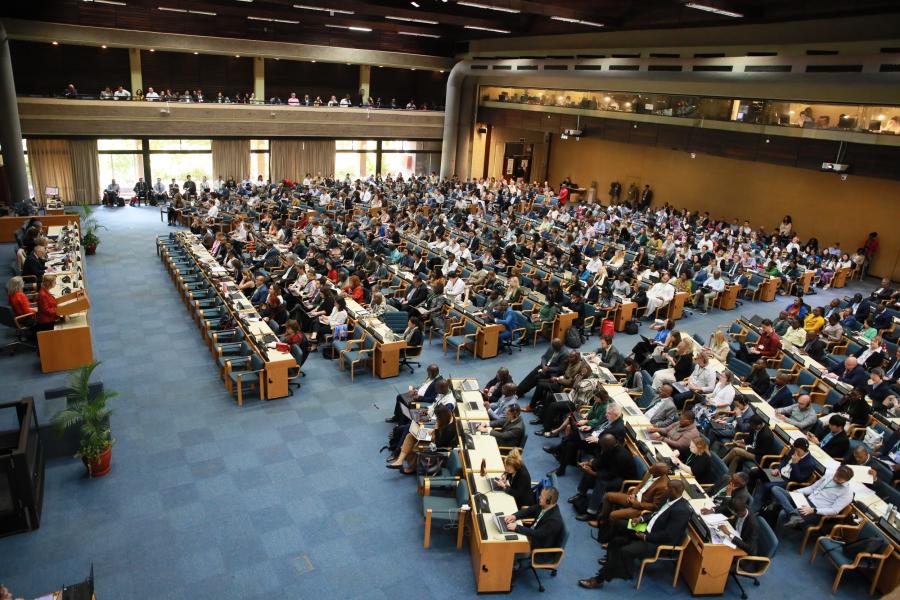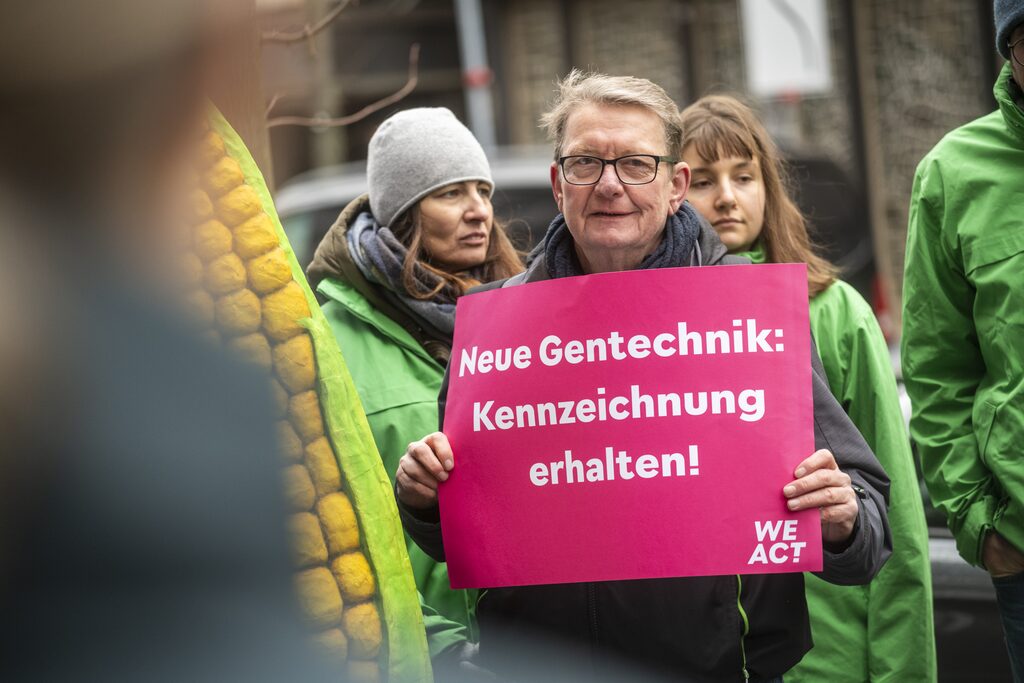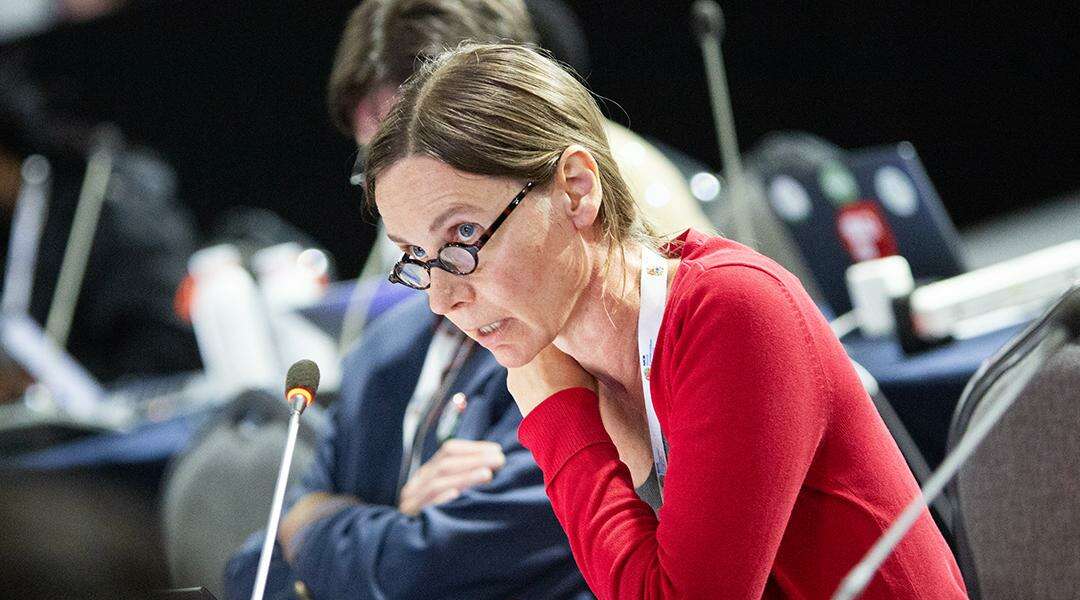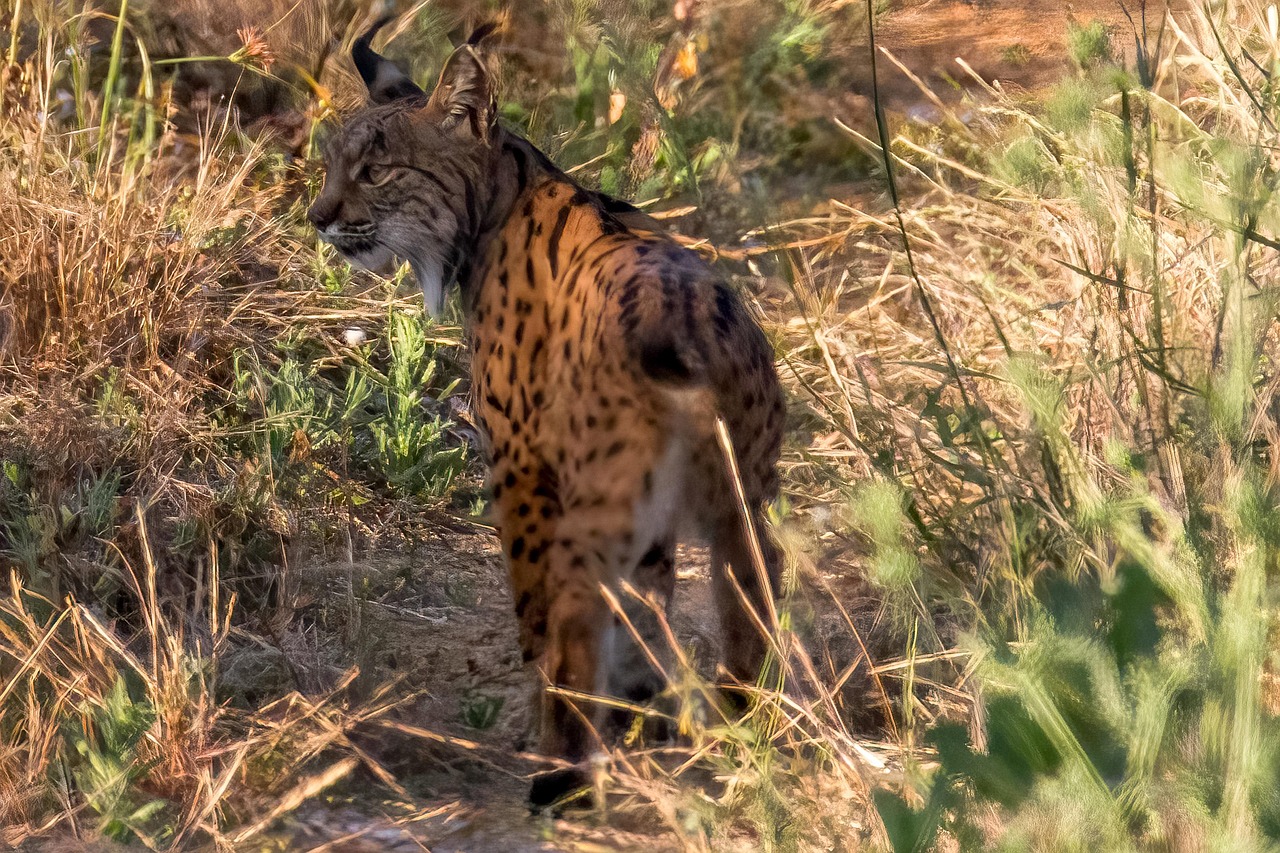At the 26th Meeting of the Subsidiary Body on Scientific, Technical and Technological Advice (SBSTTA) to the Convention of Biological Diversity (CBD), Gene Drives received significant attention in the context of the CBD’s horizon scanning of new challenges arising from synthetic biology as well as the Biosafety Protocol’s guidelines for risk assessment and risk management.
At COP15 of the CBD in 2022, two pivotal decisions on Synthetic Biology and Gene Drives had been adopted and two ad hoc technical expert groups (AHTEG) had been established. A multidisciplinary AHTEG (mAHTEG) was charged with designing a horizon scanning, technology assessment, and monitoring methodology to evaluate impacts of future technologies on biodiversity. Its ‘multidisciplinary‘ character was hard-won and is still a contentious issue. Barbara Pilz of Stop Gene Drives was amongst the members of this group. The second AHTEG (without ‘m’) focused on developing voluntary guidelines for the risk assessment of genetically engineered Gene Drives.
The expert groups produced reports on synthetic biology and on case-by-case risk assessment of living modified organisms containing engineered gene drives. Based on these reports, national representatives gathered in Nairobi for SBSTTA 26 were expected to draft recommendations for COP16.
The first day of SBSTTA 26 saw both topics discussed in the plenary, allowing the Chair to gauge whether these issues were contentious enough to warrant further group discussions (called “contact groups” in UNish) or if they could be addressed in the plenary itself. The risk assessment guidelines for engineered Gene Drives, developed by the AHTEG, identified major risks and uncertainties, such as gene flow to non-target species, potential transboundary movements, and significant public health risks. While these guidelines provided a foundation, they were criticized for using methodologies for GMO assessment and not a Gene Drive specific assessment. Questions about potential conflicts of interest within this AHTEG were raised.
The discussions on the AHTEG were less controversial compared to those on Synthetic Biology. However, significant portions of the text were put in brackets, indicating that no consensus was reached at the SBBSTA and further discussions will be needed at COP16. The majority in the plenary welcomed the work of AHTEG. However, while some argued that there was no need for further AHTEG meetings, many countries, particularly African nations where Gene Drives might first be tested, called for more refined guidelines that could truly aid practitioners in assessing gene drive risks. COP16 will now have to decide whether the Cartagena Protocol maintains its expert group and continues providing oversight and resources to the parties, or closes this chapter. As usual, there was a general agreement on the need for increased capacity building. NGO as well as Youth observer groups emphasized the precautionary principle, criticized the overreliance on computer modeling in the guidance materials. They called for further AHTEG sessions and refined methodologies.
In the Synthetic Biology discussions, the report from the multidisciplinary ad hoc technical expert group (mAHTEG) was insightful, despite the limited time available to assess technologies after extensive methodology development. The experts recognized that some assessed technologies warranted precautionary measures and broader evaluations including socio-economic, cultural, and ethical considerations. The report specifically recommended to conduct such in-depth assessments for Gene Drives. During the debates, there was a clear division between those favoring continued horizon scanning and others advocating for a shift towards capacity building. The African group generally saw the value in an expert group that could assess emerging technologies and inform state decisions, also calling for capacity building, technology transfer, and cooperation in the field of synthetic biology. However, differences emerged on what this would entail, with asking when discussions would shift from risks to benefits, hinting at an interest in developing Gene Drives. Meanwhile, other African states sought „appropriate“ technology transfers to avoid becoming dumping grounds for untested and unsafe Western technologies.
A faction within the room, particularly Argentina, Brazil, Japan, and New Zealand, strongly supported the call for recognizing benefits. During the plenary, Argentina proposed an action plan on synthetic biology that would promote such technologies globally.
The two options at hand during the contact group were quite opposing:
- continuation of the mAHTEG with proper horizon scanning and capacity building also for risk assessment and monitoring
- promotion of synthetic biology worldwide with a new action plan, and reducing the mAHTEG to conduct a literature review
Brazil criticized the mAHTEG members as lacking expertise and other states supported this reasoning. The mAHTEG’s assessments that these technologies posed risks not only to biodiversity but also to society and livelihoods were obviously not well received by states promoting synthetic biology. There were further attempts to obstruct the process, in line with an incident at COP15 where a delegate boasted about „killing the process“ before COP16.
The recommendations SBSTTA delegates finally agreed to send to COP16 fails to reflect the mAHTEG’s clear formulations and recommendations, particularly on Gene Drives. It is crucial that the mAHTEG continues in its current or an enhanced form, and not be diminished to only review predominantly English literature from mostly Western institutions and patent holders. Also, capacity building and technology transfer must reduce disparities between more or less industrialised countries, rather than serving as avenues for testing potentially harmful technologies.
The document prepared for COP16 suggests that the current methodologies are sufficient for assessing environmental and socio-economic impacts of Gene Drives, which is misleading. These methodologies were originally designed to assess the risks of GMOs cultivated and traded in restricted agricultural environments. These are fundamentally different from Gene Drives, designed to spread in the environment and alter entire species in their wild habitats. This inadequacy extends to monitoring capabilities, making it challenging to manage GDOs effectively if issues arise.
Significant efforts are required both before and during COP16 to ensure that parties advocate for the continuation of the mAHTEG on horizon scanning for synthetic biology and the AHTEG on risk assessment. These efforts are crucial for developing a truly robust methodology for assessing the risks associated with Gene Drives.
Photo by IISD/ENB Mike Muzurakis






